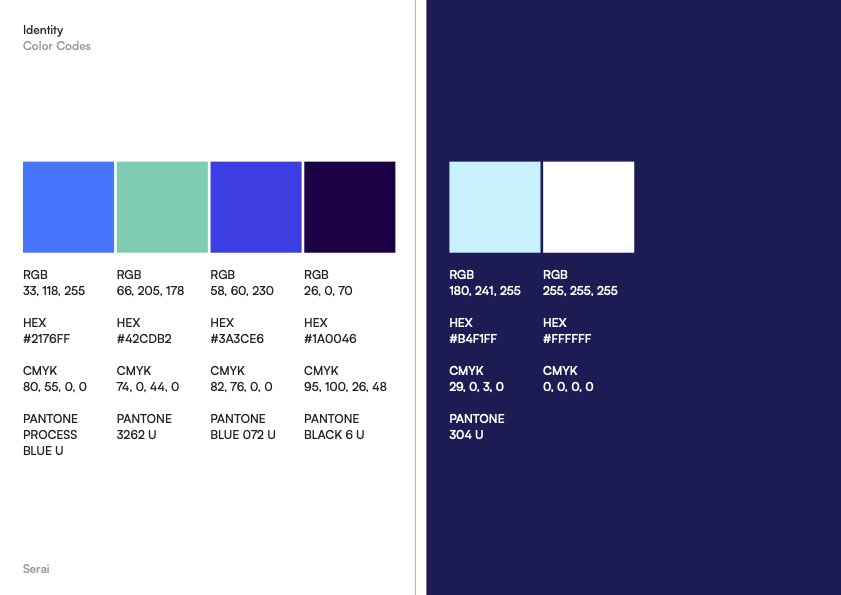

Serai’s Founder Reflects on the Company’s Creation
I recall the oppressive heat in Zurich that night, making it hard to concentrate and put my thoughts together.
It was August 15th, 2020, a Saturday evening, exactly one week before my COVID-postponed graduation ceremony, which I had looked forward to for two years. On that day, my mind was preoccupied with many thoughts about the purpose of a business study after a technology degree, the reasons for my academic training, and why nobody from our MBA class was coming up with new business ideas. I knew I should craft a decade of experience in innovation and pinnacle of technology into something new, but I wasn’t sure where to start.
To help me brainstorm, I called my long-time friends and former colleagues who, like me, were rendered redundant due to corporate restructuring. We used to work together, side by side, for many years, and I knew these were the minds I should bounce my ideas off. Immediately, I reached out to my contact list and pinned the names that I thought I should reach out to, seeking verification of my rambling thoughts. One call after the other, it wasn’t more than an hour later I told everyone I had an idea to bring to life. Contrary to my fears, the initial reaction I received was not at all negative – it was rather bewilderment and excitement about what would be to come. This was Serai.
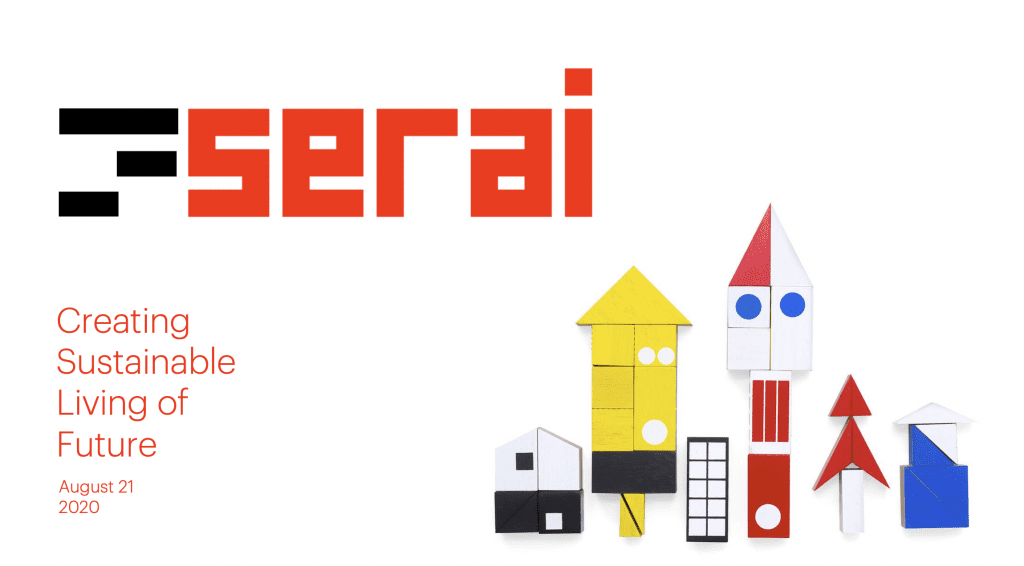

Visuals are a result of binge reading Gropius related content the last couple of days.
Serai was a combination of all my parts and training as a man of Renaissance. As an electrical engineer and a true believer in machine learning, I asked myself how I could improve everyday life quality by using data from all our wearables and IoT devices. As a sculptor practicing for two decades, I wanted to find a solution to the detachment humans experience from living spaces and aesthetics. As a businessman, I had no idea how to commercialize this – at least not that night.
The name Serai wasn’t coined that day. I called Berke Cetin, former Accenture colleague living in NYC, and explained what I had in mind. The key question was: How can we build living spaces where all information about me can be gathered, cleaned, restructured to make meaningful interpretations? More importantly, could such technology help my loved ones, including my own grandmother who fell in a bathroom and fractured her leg, later crawled for four hours to reach her mobile phone and ask for help, and increase their life quality?
Can we build an engine that can predict accidents coming? Can we possibly build technology that can not only predict what is to come but rather give us insight on how to improve our life quality, namely “prescriptive AI”? Can this technology be put in a modular, sustainable living space that’s accessible by all?
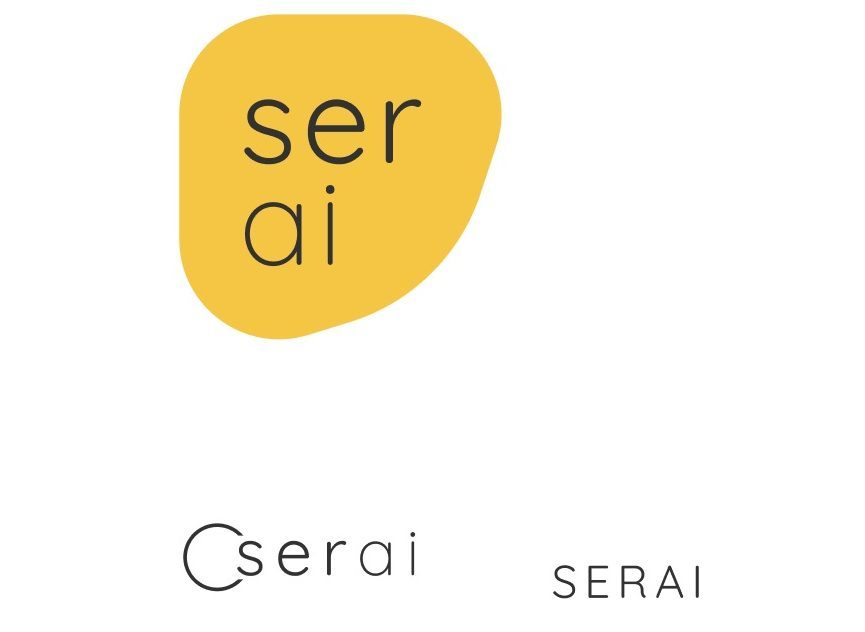

Answer was a yes and execution was the challenge ahead. By January 2021, Serai Limited in London was born. After our successfully closing our funding round, Serai AG was born and registered in Zurich, marking our headquarters.
Our creation, Serai, represents just the beginning of a rapidly evolving way of living, regardless of Serai’s future trajectory. The key to advancing lies in combining insights gathered from wearables, behaviors, and environmental factors to create digital replicas of humans, also known as “digital twins”. Serai is your digital twin, your mirror image – motivating you to live better.
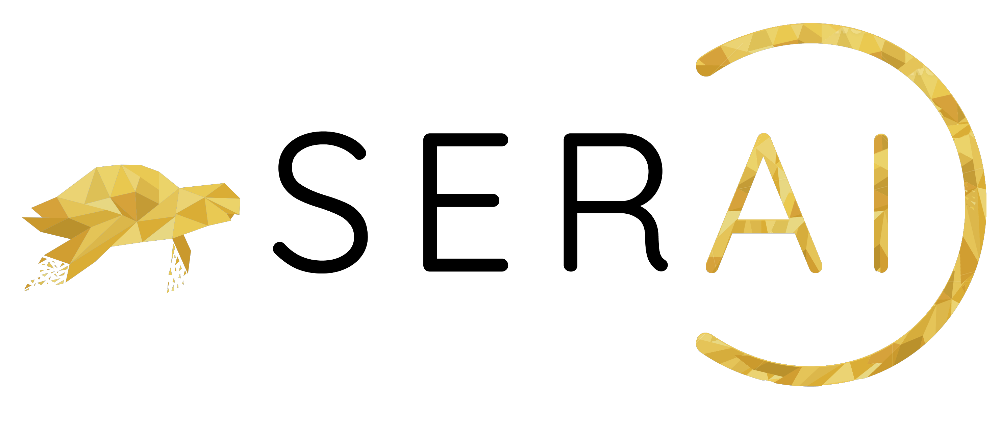

As I reflect on Serai’s future, I’m struck by how small my role was in its inception compared to the bigger picture. It’s poised to surpass even my wildest dreams.
I’m grateful to the groundbreaking works of John McCarthy, Walter Gropius, and William Gibson for expanding my intellectual horizons.
Dessau, Germany
August 2021
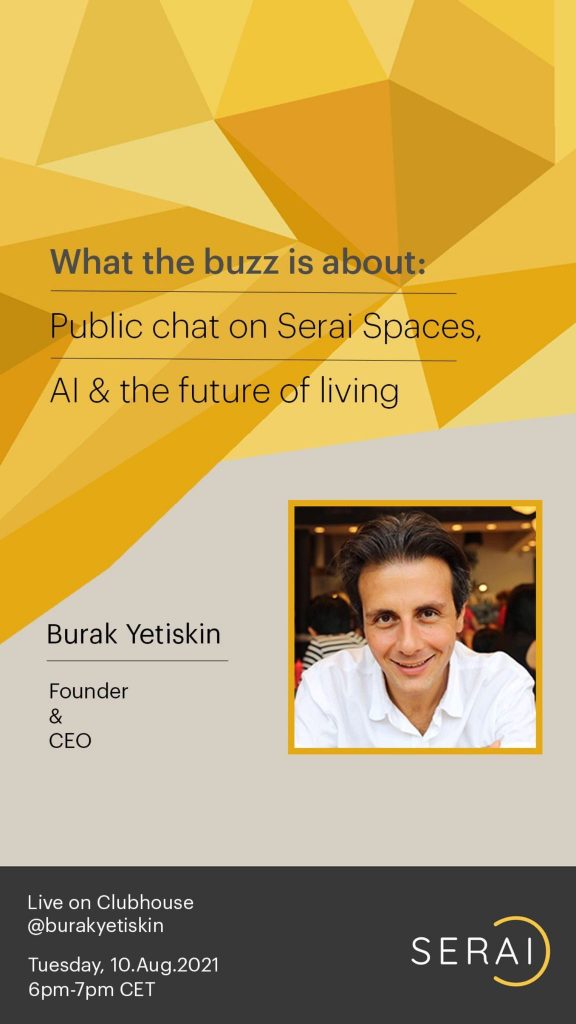

To get the latest news, trends, and insights about Serai, please visit our website;


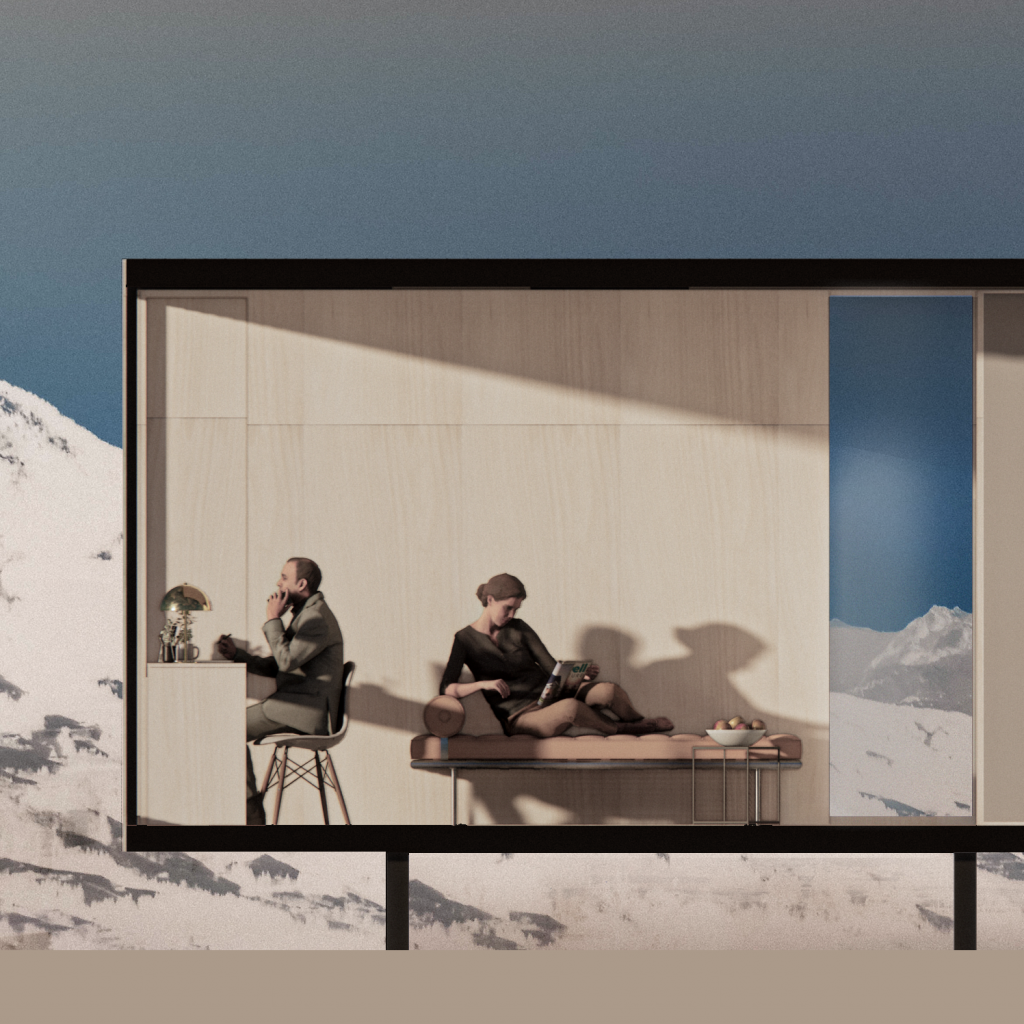
Burak is straight out of ‘Neuromancer’. A complex man, half artistic, half scientific, and a business man to boot.
Thank you Mr. Gee!